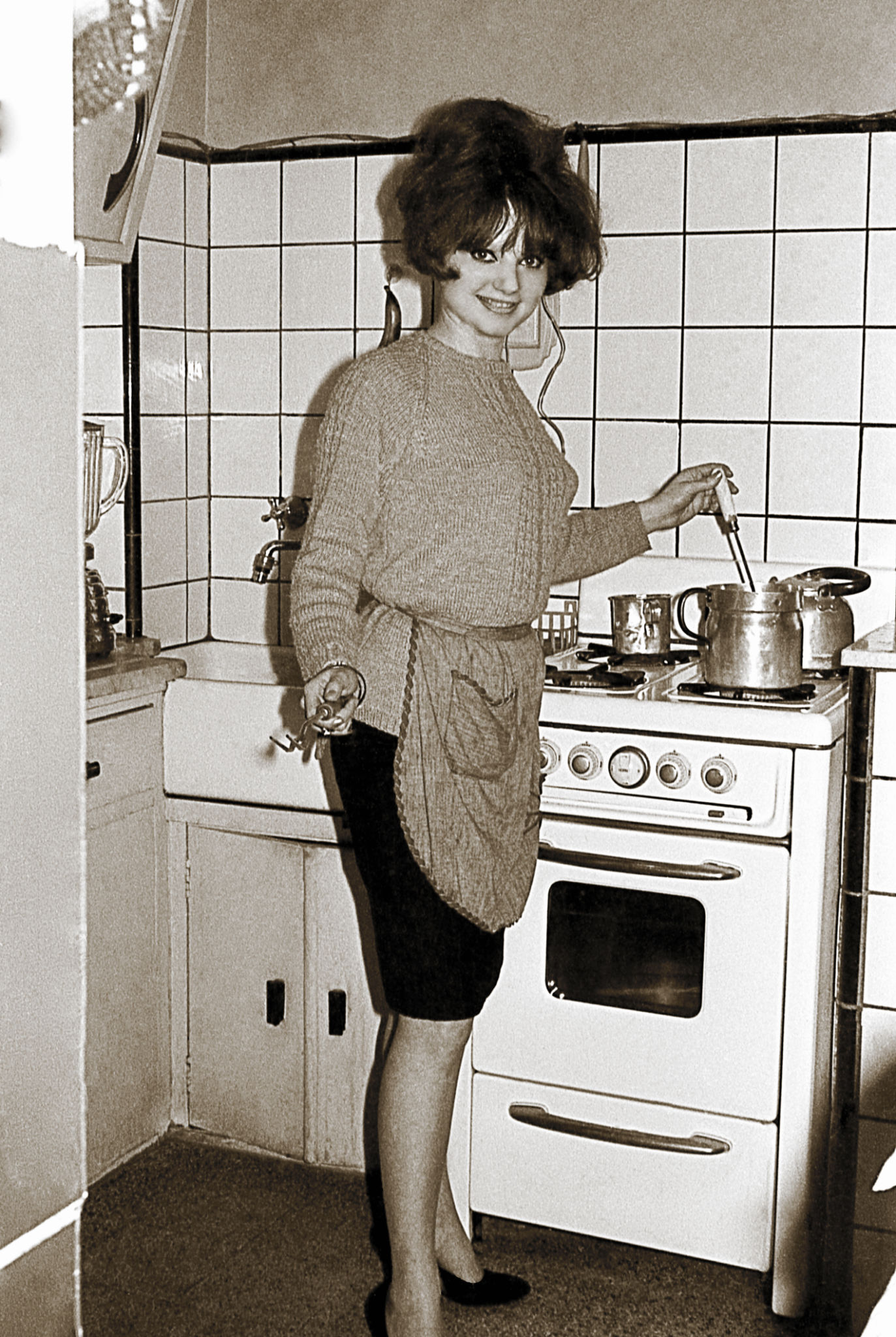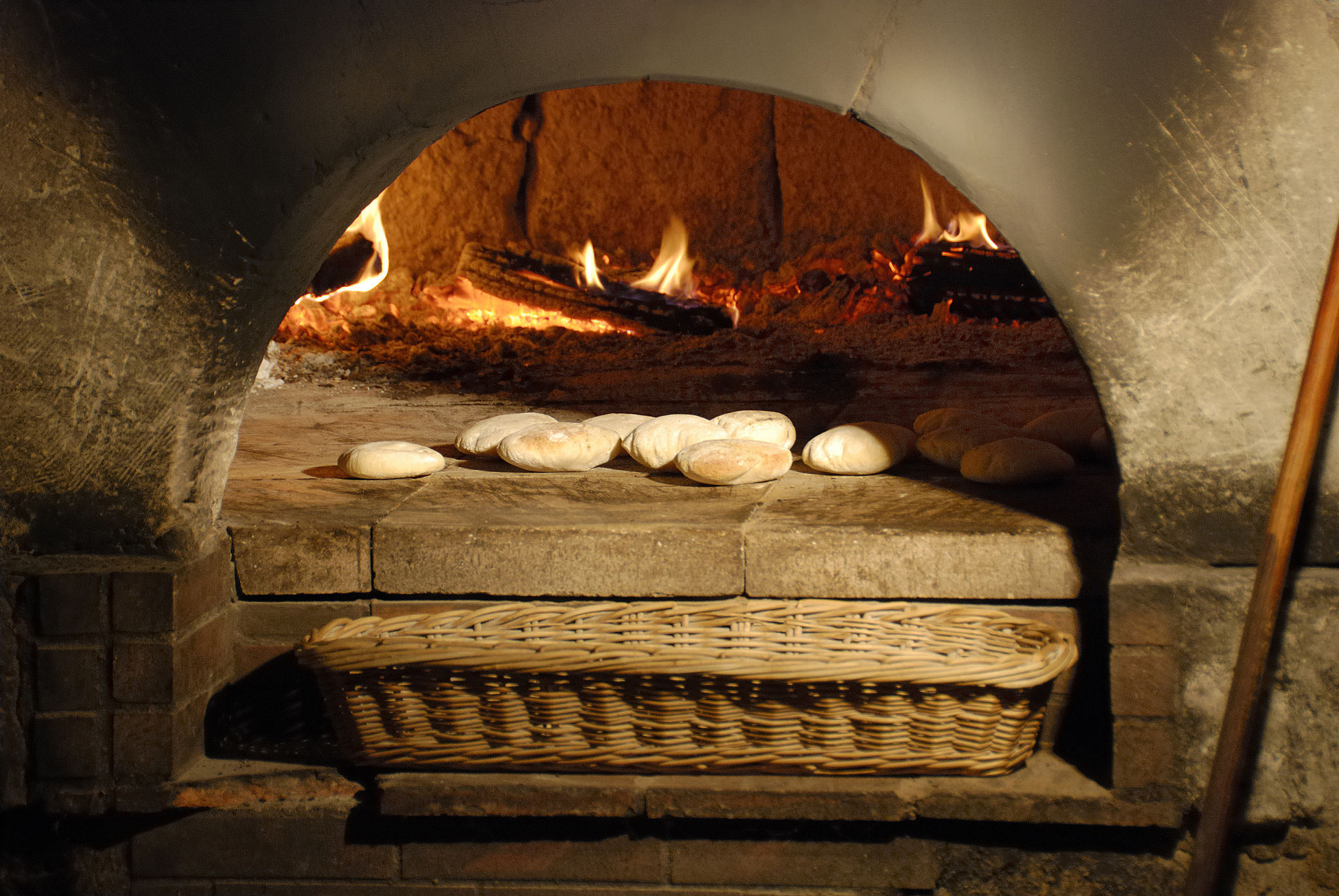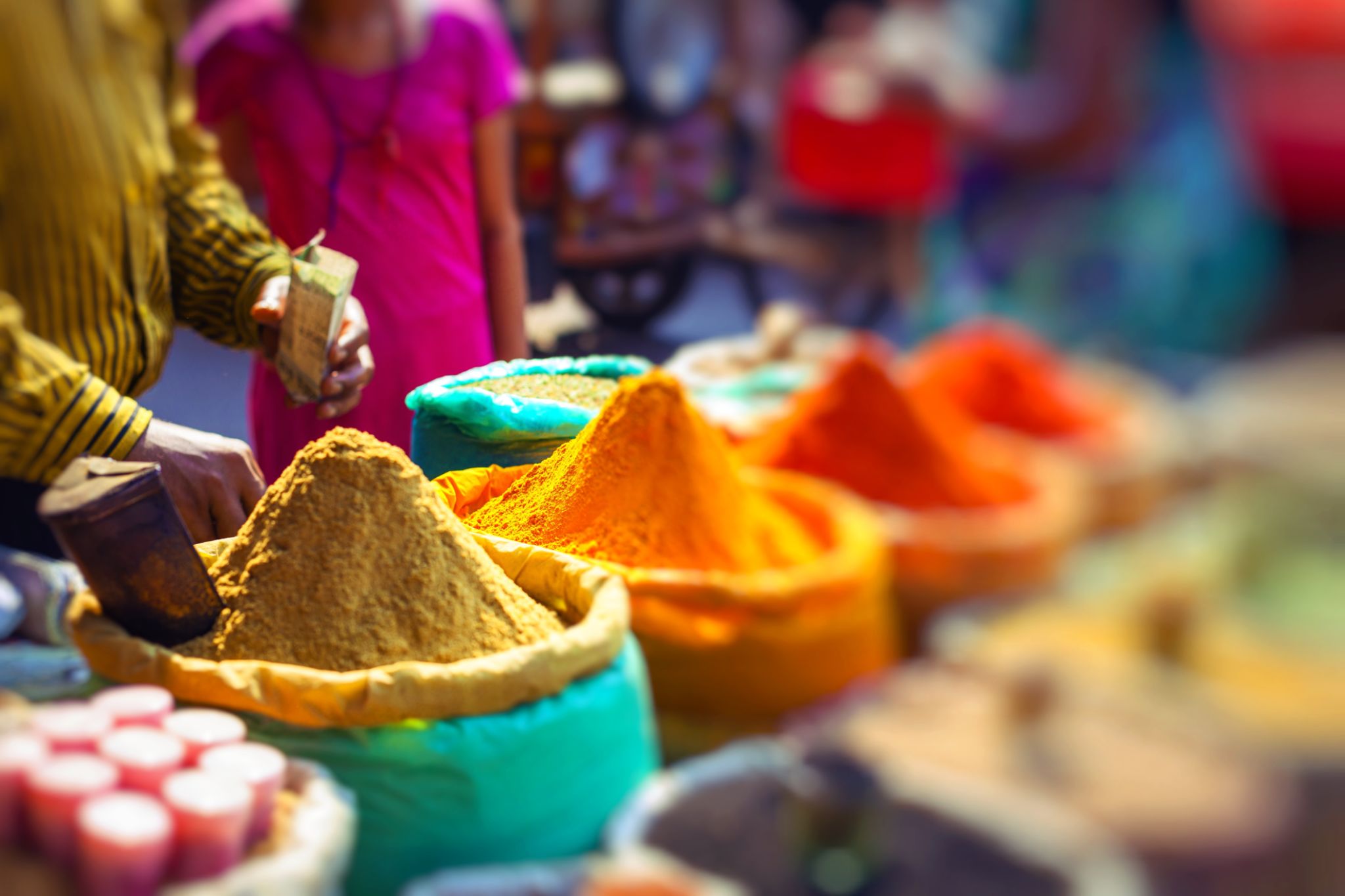Time-Tested Recipes: A Journey Through Culinary History
The Rich Tapestry of Culinary Traditions
Throughout history, food has played a pivotal role in shaping cultures and societies. As we embark on a journey through time-tested recipes, we uncover not just the flavors but the stories and traditions that have been passed down through generations. These recipes are more than just instructions for creating a dish; they are historical documents that offer insights into the lives and times of our ancestors.
From the fragrant spices of the Middle East to the hearty stews of Eastern Europe, each recipe tells a unique story. Whether it's a celebratory feast or a simple family dinner, these dishes connect us to our past and offer a taste of history.

The Ancient Art of Baking
Baking is one of the oldest cooking methods, dating back to ancient civilizations like Egypt and Mesopotamia. The Egyptians are credited with inventing the first leavened bread, a staple that would become essential in diets around the world. The Romans later perfected baking techniques, introducing ovens and more refined practices.
Bread, in its many forms, became a symbol of sustenance and community. In medieval Europe, communal ovens were common in villages, and baking was often a shared activity among families. Today, the art of baking continues to be celebrated with everything from crusty artisanal loaves to delicate pastries.

Savoring Spices: A Global Influence
Spices have long been treasured commodities, driving exploration and trade across continents. The spice trade routes not only shaped economies but also introduced new flavors and culinary techniques to different regions. Many spices that are commonplace today, like cinnamon and pepper, were once considered exotic luxuries.
The use of spices in cooking varies greatly around the world. In India, for example, spices are used to create complex flavors in dishes like curry, while in the Middle East, they add depth to dishes such as tagines. Spices enhance the taste of food and tell tales of cultural exchange and adaptation.

Hearty Stews: Nourishment Through Time
Stews have been a dietary staple for centuries due to their simplicity and ability to stretch ingredients. Across cultures, stews have provided nourishment and comfort, especially in colder climates where hearty meals are needed to sustain warmth and energy.
Each region has its own version of stew, from the spicy gumbo of Louisiana to the savory cocido of Spain. These dishes often reflect local ingredients and cooking traditions, showcasing the resourcefulness of cooks throughout history.
Sweet Endings: Desserts with History
No culinary journey would be complete without exploring the sweet side of history. Desserts have evolved from simple sweets made with honey and fruit to elaborate creations featuring sugar, chocolate, and cream. Ancient Persian bakers crafted honey-soaked pastries, while medieval European chefs created intricate marzipan sculptures.
The history of desserts is as rich as the flavors they feature. From the delicate French macarons to the indulgent Italian tiramisu, these treats often symbolize celebration and joy.

Preserving Tradition
Time-tested recipes serve as a bridge between past and present, reminding us of our shared culinary heritage. By preserving these recipes, we honor the ingenuity and creativity of those who came before us. Each dish is a testament to resilience, adaptation, and the universal love of good food.
As we continue to explore and enjoy these historical recipes, we not only savor their flavors but also keep alive the stories and traditions they represent. It's a delicious way to connect with history and appreciate the diverse tapestry of our global culinary heritage.